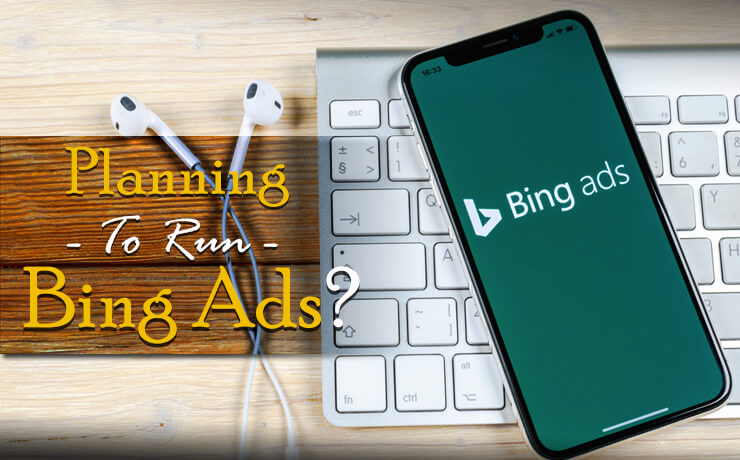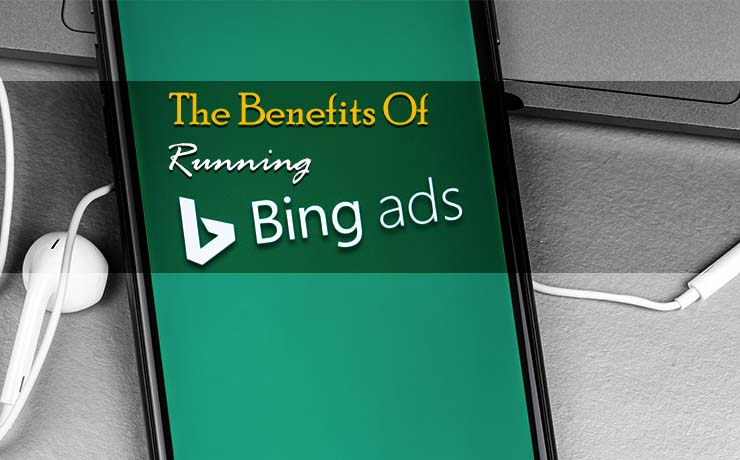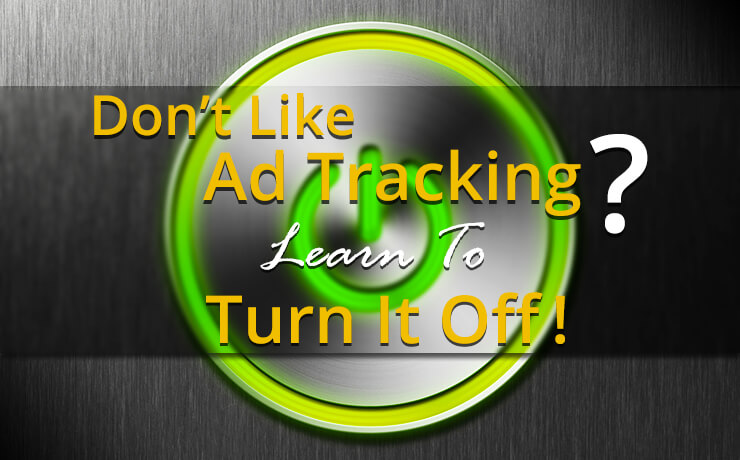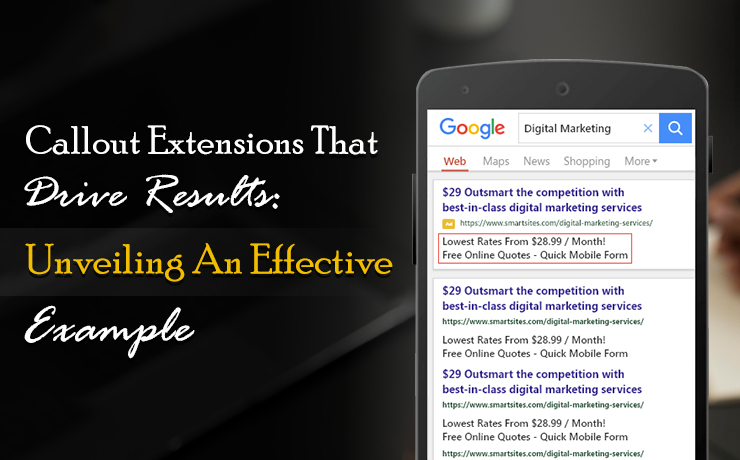Planning To Run Bing Ads?

Chad Faith
Director of Content

If you are new to paid search advertising, you might have the impression that ads are only run on the Google search network. It is normal to think this way because Google has the largest market share in this area. However, there are other options to consider and that includes Bing Ads. Apart from Google AdWords, Bing now accounts for over 20 percent of the online search volume. This percentage is steadily growing! As Bing is growing in popularity, you should definitely give it a try. Let’s find out more about this promising platform!
An Introduction to Bing Ads
If you are familiar with Google AdWords, Bing Ads is simply the Microsoft version of it. This option allows you to run ads on the Bing search network and its partner networks such as AOL and Yahoo!. Like most shopping ads and AdWords text, Bing Ads also appear at the top, side, and bottom of the search engine results page. While its basic format is almost identical to AdWords, Bing still offers sidebar ads for desktop searches.
When compared to Google AdWords, there are no changes to the basic mechanics of advertising. For example:
- You bid on certain keywords that Bing users will use.
- A Bing user then conducts a search that matches your keywords.
- Bing will compare the ad quality and bids of competing businesses.
- Bing will decide which ads show up in a certain order on the SERP.
Interestingly, Bing also offers an option to directly sync all of your Google AdWords campaigns to the platform.
Understanding the Differences Between Google AdWords and Bing Ads
But there are differences between AdWords and Bing Ads right? Yes, of course. Here is a quick look at the major factors that set them apart:
- Competition
Since Google AdWords command approximately 80 percent of the search engine market, there is a lot of competition. However, there is less competition in Bing. Less comparison shopping and better ad placements are some of the benefits that your business will enjoy.
- Cost Per Click (CPC)
Certain industries have a high average CPC. For example, insurance can cost up to $54.91 per click. When used on Bing, a click can cost 42 percent less. That’s actually a big deal. Ultimately, the actual CPC on Bing Ads will depend on the market you are trying to target, the nature of your business, and the chosen keywords.
- Search Volume
This is one of the most obvious differences between Bing Ads and Google AdWords. About 23 percent of online searches take place on Bing while 63 percent of these searches take place on Google. In other words, Google text ads get more potential sales, conversions, clicks, and impressions.
Pro advice: Bing Ads may not be suitable if you are targeting a very small niche. In addition, you won’t earn enough impressions on Bing if your ads only attract a mediocre amount of impressions on AdWords.
Getting Started With Bing Ads
Below are a few simple steps to follow when advertising on Bing:
- Create an account: You will need to create a Microsoft account first. It has to be associated with your Bing Ads account. Sign in by entering the email address tied to that account.
- Select basic settings: You have the option of importing your Google AdWords campaigns. Next, you need to decide on which locations that you want to exclude. Running ads that target the wrong locations might be a waste of money.
- Keyword research: As you select your targeted keywords, be sure to pick a match type for each keyword, i.e. exact match, phrase match, broad match, or broad match modified.
- Write the ad: Click on the +Create ad button to write your first ad. You need to include your value proposition, USP, targeted keywords, a call to action, etc. Most importantly, don’t forget to speak your customer’s language and be personable.
- Budget: Avoid picking a budget at random. You should do a little research before hitting Save. You can take advantage of Bing’s Get performance estimates
 Free
Consultation
Free
Consultation Free
Google Ads Audit
Free
Google Ads Audit







